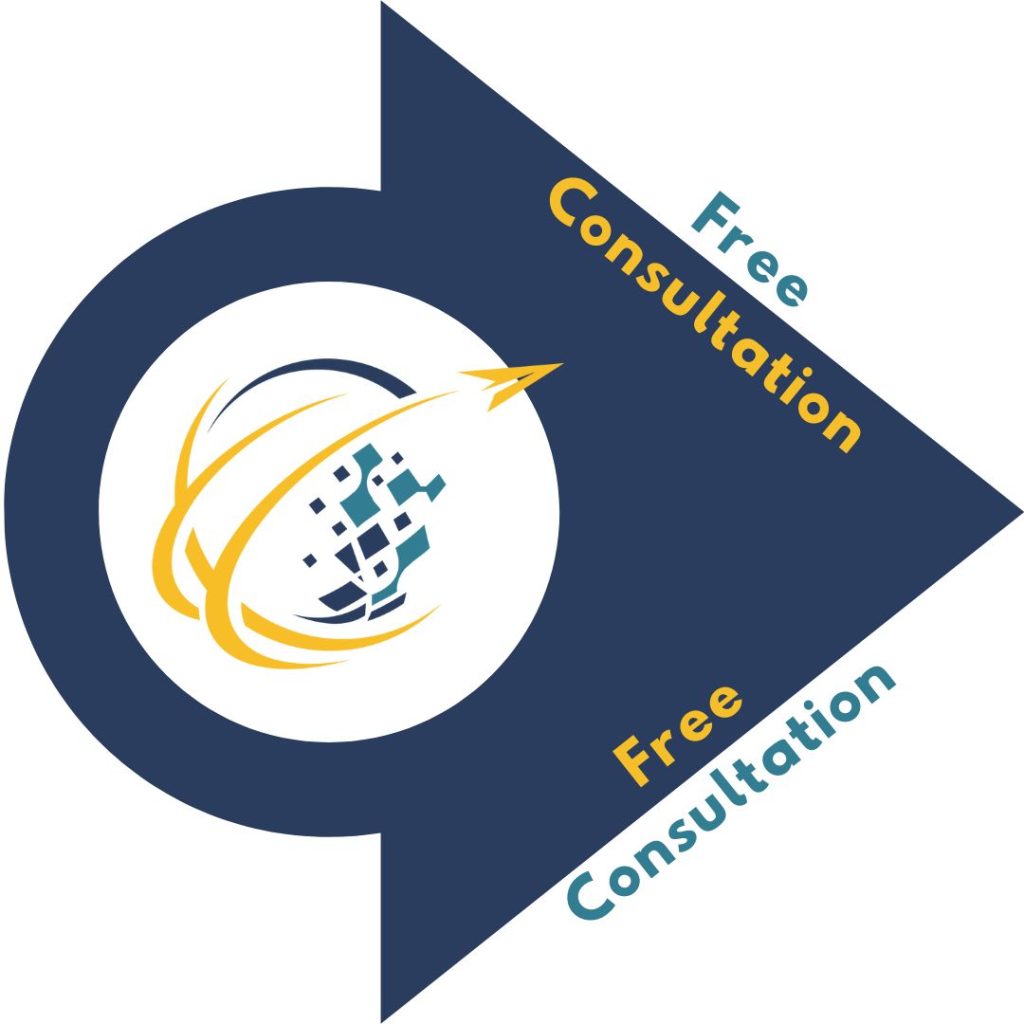In today’s digital landscape, a well-designed website is crucial for any business or organization. A website is often the first point of contact between a company and its potential customers. This makes it an essential component of your online presence. However, creating a successful website requires more than just aesthetic appeal. It involves understanding the needs of your users, optimizing functionality, and ensuring a seamless experience across devices. By following best practices for website design, businesses can create websites that not only look great but also perform well. This will drive engagement and conversions.
The Importance of User-Centered Design
One of the most critical best practices for website design is focusing on the user experience. A user-centered design approach puts the needs and preferences of the website’s visitors at the forefront. This means understanding who your users are, what they want to accomplish, and how they navigate the web. By prioritizing the user experience, businesses can create websites that are intuitive, easy to use, and highly effective.
To achieve a user-centered design, it’s essential to conduct thorough research on your target audience. This research might include surveys, interviews, and analytics data to gather insights into user behavior and preferences. Once you have a clear understanding of your users, you can design a website that meets their needs. This involves guiding them toward the information or actions they seek.
Moreover, the website’s navigation should be straightforward and logical. Visitors should be able to find what they’re looking for with minimal effort. This involves organizing content into clear categories and using descriptive labels. Providing a search function can help users quickly locate specific information. By making navigation intuitive, businesses can reduce frustration and keep visitors engaged.
Responsive Design: Catering to All Devices
In an increasingly mobile world, responsive design has become one of the most important best practices for website design. Responsive design ensures that your website adapts seamlessly to different screen sizes and devices. This provides a consistent user experience across desktops, tablets, and smartphones. With a significant portion of web traffic coming from mobile devices, neglecting responsive design can result in a poor user experience and lost opportunities.
Responsive design involves using flexible layouts, scalable images, and media queries to adjust the website’s content to fit the screen size of the device being used. This ensures that whether a visitor is accessing your site on a large desktop monitor or a small smartphone screen, the content remains easy to read and interact with. In addition to improving user experience, responsive design also benefits your website’s search engine rankings, as search engines like Google prioritize mobile-friendly websites.
Furthermore, businesses should consider the load time of their website on mobile devices. A website that takes too long to load on a smartphone may result in visitors leaving before they even see your content. Optimizing images, minimizing the use of heavy scripts, and utilizing caching techniques can help improve load times and keep mobile users engaged.
Visual Design and Branding
Visual design plays a significant role in the overall success of a website. While functionality and usability are essential, the visual appeal of your site can make a lasting impression on visitors. Effective visual design not only attracts attention but also reinforces your brand identity, helping to create a cohesive and memorable user experience.
One of the best practices for website design in terms of visual appeal is maintaining consistency across all elements. This includes using a consistent color scheme, typography, and imagery that align with your brand’s identity. Consistency creates a professional look and feel, making your website more recognizable and trustworthy.
Moreover, the use of white space, also known as negative space, is a crucial aspect of visual design. White space refers to the empty areas between elements on a page, and it plays a vital role in creating a clean, uncluttered layout. By strategically using white space, businesses can improve readability, focus attention on important content, and create a more aesthetically pleasing design.
Additionally, businesses should use high-quality images and graphics that are relevant to their content. Visuals can enhance the user experience by making the content more engaging and easier to understand. However, it’s important to ensure that images are optimized for web use to avoid slowing down the website’s load time.
Content is King
No discussion of best practices for website design would be complete without addressing the importance of content. While design and functionality are crucial, the content on your website is what ultimately drives conversions and keeps visitors coming back. High-quality, relevant content is essential for engaging your audience, providing value, and achieving your business goals.
Content should be clear, concise, and well-organized. Visitors should be able to quickly scan your pages and find the information they need without having to wade through long blocks of text. Using headings, subheadings, bullet points, and short paragraphs can help break up the content and make it more digestible.
Moreover, the content should be aligned with the needs and interests of your target audience. This means providing information that is useful, informative, and relevant to their specific goals or challenges. By offering valuable content, businesses can build trust and credibility with their audience, encouraging them to take the desired action, whether it’s making a purchase, signing up for a newsletter, or contacting your team.
In addition to text, businesses should consider incorporating other types of content, such as videos, infographics, and downloadable resources. These formats can enhance the user experience by providing information in a more engaging and interactive way. However, it’s important to ensure that multimedia content is optimized for web use to prevent slow load times and ensure a seamless user experience.
Search Engine Optimization (SEO)
Search engine optimization (SEO) is a critical component of best practices for website design. SEO involves optimizing your website’s content, structure, and performance to improve its visibility in search engine results. A well-optimized website can attract more organic traffic, leading to increased engagement, conversions, and business growth.
One of the foundational elements of SEO is keyword research. Businesses should identify the keywords and phrases that their target audience is likely to use when searching for products or services related to their industry. These keywords should be strategically incorporated into the website’s content, headings, meta tags, and URLs to improve search engine rankings.
In addition to keyword optimization, the website’s structure and navigation play a crucial role in SEO. A well-organized site with clear, descriptive URLs, and a logical hierarchy makes it easier for search engines to crawl and index your content. This, in turn, can improve your website’s ranking in search engine results.
Moreover, businesses should ensure that their website is optimized for speed, as page load time is a significant factor in search engine rankings. Compressing images, minifying code, and leveraging browser caching are all effective strategies for improving load times and enhancing the overall user experience.
Continuous Improvement and Testing
Website design is not a one-time task; it requires continuous improvement and testing to stay relevant and effective. The digital landscape is constantly evolving, and user preferences and behaviors can change over time. Therefore, businesses should regularly review and update their websites to ensure they continue to meet the needs of their audience.
One of the best practices for website design is to conduct regular usability testing. Usability testing involves observing real users as they interact with your website to identify any issues or areas for improvement. This feedback can provide valuable insights into how users navigate your site, what challenges they encounter, and what changes could enhance their experience.
In addition to usability testing, businesses should use analytics tools to monitor website performance. Metrics such as bounce rate, average session duration, and conversion rate can provide insights into how well your website is performing and where there may be opportunities for optimization.
Finally, businesses should be open to experimenting with new design elements and features. A/B testing, for example, allows you to compare two versions of a web page to determine which one performs better. By continuously testing and refining your website, you can ensure that it remains effective and competitive in the ever-changing digital landscape.
Conclusion
Following best practices for website design is essential for creating a user-friendly, visually appealing, and high-performing website. By prioritizing the user experience, ensuring responsive design, maintaining visual consistency, and optimizing content for search engines, businesses can create websites that not only attract visitors but also drive engagement and conversions. Additionally, continuous improvement and testing are key to keeping your website relevant and effective in a rapidly evolving digital world. Ultimately, a well-designed website is a powerful tool for achieving your business goals and building lasting relationships with your audience.


